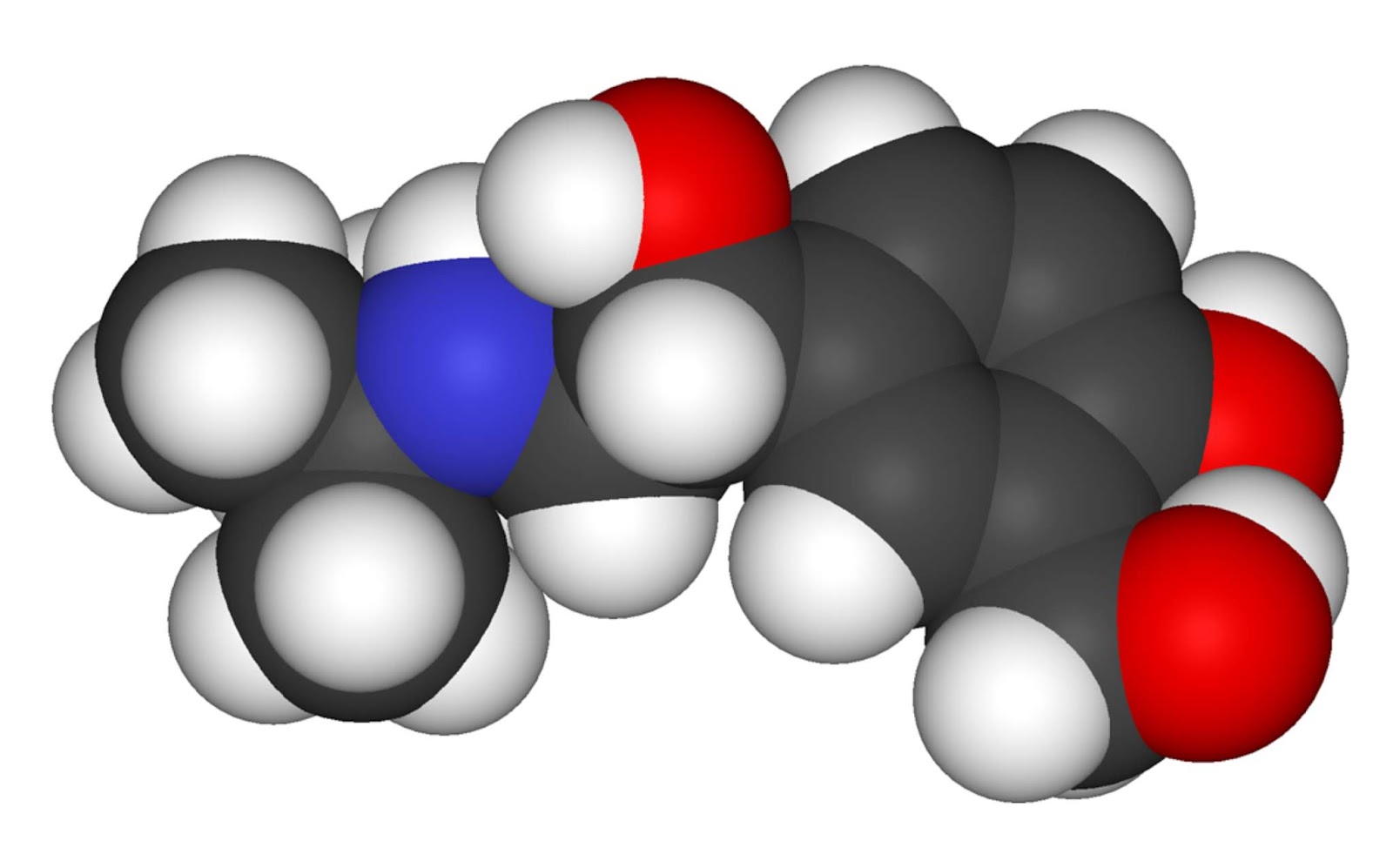Expectorants are the drugs that increase the bronchial secretion and reduce the viscosity of sputum for removal by coughing. Sodium and potassium citrate and ammonium chloride are used as expectorants.
Antitussives
are drugs that reduce coughing. Coughing may be diminished by reducing
respiratory secretion, eliminating a source of irritation, or decreasing the
sensitivity of irritant receptors within the respiratory tract. Antitussives
can act either by raising the threshold of the cough centre or by reducing the
number of impulses transmitted to the centre from the peripheral
receptors.
THE ANTITUSSIVES ARE DIVIDED INTO TWO MAIN CLASSES:
THE ANTITUSSIVES ARE DIVIDED INTO TWO MAIN CLASSES:
1. Centrally active antitussives that affect the cough centre in the medulla.
i. Dextromethorphan HBr
Properties and uses: Dextromethorphan hydrobromide (HBr) is a white crystalline powder, sparingly soluble in water, and soluble in alcohol. It is a substituted dextro isomer of the opioid levomethorphan. It is not an analgesic or an addictive. Dextromethorphan HBr should not be given to patients who are on monoamine oxidase inhibitors therapy. It is an opioid receptor agonist used as a cough suppressant
Assay: Dissolve the sample in a mixture of 0.01 M hydrochloric acid and alcohol (1:4) and titrate against 0.1 M sodium hydroxide. Determine the end point potentiometrically. Read the volume added between the two points of infl exion.
ii. Levopropoxyphene napsylate
Properties and uses: It is a white, bitter, crystalline powder, odourless, soluble in water, alcohol, or chloroform. It has little or no analgesic activity. It has been found to be relatively less potent than codeine in the treatment of cough refl exes. The (–)-isomer of the drug showed greater antitussive activity in comparison to either the (+)-isomer or the racemic mixture.
Dose: Usually 50–100 mg after every 4 h.
iii. Noscapine
iv. Pholcodine
Properties and uses: Pholcodine is a white crystalline powder, sparingly soluble in water, soluble in acetone, alcohol, and dilute mineral acid. It is as effective as codeine. It is a cough suppressant with mild sedative, but practically negligible analgesic action. It is employed for the relief of unproductive cough.
Assay: Dissolve the sample in anhydrous acetic acid, warm gently and titrate against 0.1 Mperchloric acid. Determine the end point potentiometrically at the second point of infl exion.
Dose: The dose for adults is 5–15 mg, for children over 2 years 5 mg, for children below 2 years 2.5 mg. Dosage forms: Pholcodine linctus B.P., Strong pholcodine linctus B.P.
v. Codeine Phosphate
Properties and uses: Codeine phosphate is a white crystalline powder, soluble in water, and slightly soluble in ethanol. This drug acts by suppression of the cough centre in the brain stem.
Assay: Dissolve the sample in a mixture of anhydrous acetic acid and dioxan (1:2) and titrate against 0.1 M perchloric acid using crystal violet as indicator. Dose: 10–20 mg every 4 to 6 h.
Dosage forms: Co-codamol tablets B.P., Effervescent co-codamol tablets B.P., Co-codaprin tablets B.P., Dispersible co-codaprin tablets B.P., Codeine linctus, paediatric Codeine linctus B.P., Codeine phosphate injection B.P., Codeine phosphate oral solution B.P., Codeine phosphate tablets B.P.
Pharyngeal demulcents sooth the throat and reduce the afferent impulse from the infl ammed/irritated mucosa. Expectorants are drugs that increase the secretion of bronchus and reduce the viscosity, thereby removing cough and sputum.
The drugs usually used as expectorants are salts of sodium, potassium, and ammonium compounds. Guaiphenesin, vasaka, and balsam of tolu are plant products. These also enhance the mucociliary movement.
2. Peripherally active antitussives that act at the receptor level in the respiratory tract.
i. Benzonatate
Properties and uses: It is a long-chain polyglycol derivative chemically related to tetracaine and benzocaine. It is a potent antitussive agent. It usually acts by inhibiting the transmission of impulses of the cough refl ex in the vagal nuclei of the medulla and predominately depresses polysynaptic spinal refl exes. It is regarded as a cough suppressant acting both centrally and peripherally.
Dose: The usual dose is 100 mg three times daily.
ii. Carbetapentane
Properties and uses: It is a cough suppressant and is reported to reduce bronchial secretions. It is found to be effective in acute coughs associated with common upper respiratory infections.
Dose: The usual dose is 25–150 mg per day in divided doses.
iii. Caramiphen
Uses: It is a cough suppressant, less active than codeine, but with longer duration of action. It has little effect on respiration and no tolerance of dependence develops.
iv. Isoaminile
Uses: Used for control and management of cough, it is also a bronchodilator.
Ammonium salts are nauseating and refl exly increase the respiratory secretion. Antitussives acts centrally and relieve the cough. They act on the cough centre in the medulla oblongata and increase the threshold to cough. These drugs control the cough rather than eliminate it.
The drugs that are used as antitussives are codeine, an opium alkaloid, and selective drugs are also there for the action on the cough centre, but it may produce respiratory depression at higher dosage.
In non-opioids, noscapine and dextromethorphan are usually used. Noscapine is an opium alkaloid of benzoisoquinoline series. It depresses cough, but has no narcotic, analgesic, or dependence effects. Dextromethorphan is a synthetic compound and it is a d-isomer and used as antitussives.







